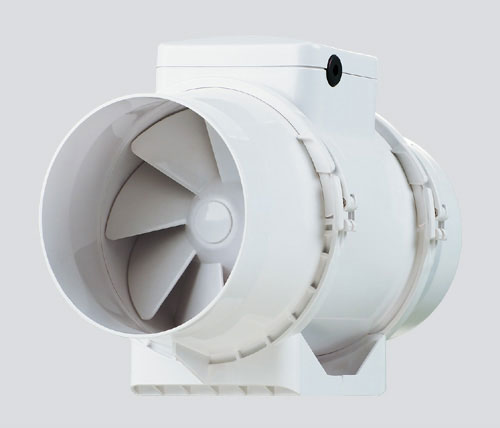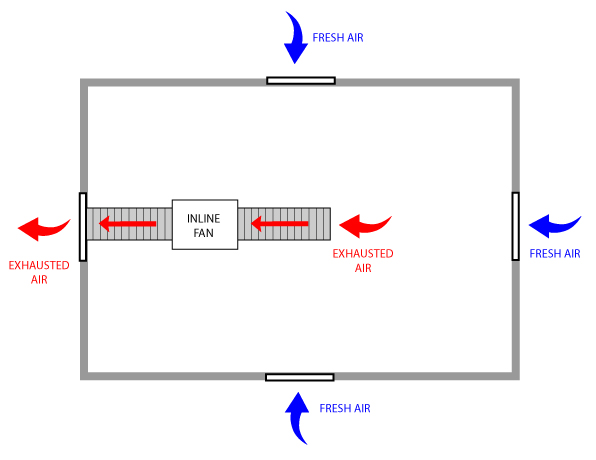Subfloor Ventilation Solutions At Your Finger Tips
Subfloor Ventilation
Ignoring subfloor ventilation can jeopardise the air quality in your home. A poorly ventilated underfloor area is prime breeding ground for mould and pests like termites. If the air under you home is affected by mould or damp, then it’s only a matter of time before you notice the effects above ground too. Stains, odours and rising damp all warrant further investigation. Unfortunately, poor subfloor ventilation can also effect your health. Mould is one of the most common allergy triggers for asthma. It also contributes to respiratory problems and illnesses. Even worse, killing mould can be extremely difficult. Luckily ensuring adequate ventilation under your home is the first step to preventing these problems.
How do I know if I need Subfloor Ventilation?
It’s hard to know for sure without getting down underneath the house to check. If a musty odour greets you as you crawl into the subfloor space, that’s a strong indication that you have a bit of work to do. However, inadequate ventilation isn’t always so obvious so there are a few other things you should check for:
- Damp Soil
- Discolouration on the foundations under the building
- Wet/Rotting Timber
- Mould
- Odours
- Sound of dripping water
- The air feels humid underneath the house
- Condensation
The above things indicate a build up of excess moisture – which indicates poor ventilation. Good airflow in and out of a space carries excess moisture with it. As a result, a well ventilated area is much less likely to have mould or damp problems.
How Do You Fix Poor Subfloor Ventilation?
Step 1: Address the source of any excess moisture
If there is a build up of moisture under the home, extra ventilation might stop the problem from getting worse. But for severe issues, extra airflow alone won’t be enough to fix the issue entirely. You need to investigate the cause and dry out the area as much as you can.
There are several things that can cause extra moisture to build up under the house. These include leaking pipes, flooding and moisture rising up from the soil.
Investigate the cause of the issue, and determine whether you need to install extra drainage on your property to help alleviate the problem.
Step 2: Improve Your Ventilation
If you check your subfloor area, you will most likely find existing vents installed to facilitate air changes. These are passive vents. They aren’t always enough to protect your home from mould. If you’ve noticed a build up of moisture or mould in the subfloor area, you most likely need to install a fan to help extract more air.
A good subfloor ventilation system consists of:
- A powered fan
- Vents (It’s best to place these on each side of the subfloor area to create a good cross flow)
- Ducting
- A timer (If Required)
Sub Floor Fans Warehouse stocks a range of kits which include all of these products, as well as accessories like additional vents and ducting.
When you install your subfloor ventilation system, take care to ensure that all vents are clear to allow for good airflow. The ducting also needs to be kept nice and straight – and free of rips or tears.
How Do I Pick The Right Subfloor Ventilation Kit?
Before you purchase a kit, get the dimensions of your subfloor area. If you multiply the length by the width, by the height, you will have the volume. Once you have this figure you will be ready to choose one of our DIY kits.
Our kits are organised based to suit different sized subfloor areas . It’s easy to tell which kit you need because we’ve named them accordingly. The product picture also includes text indicating what size area each kit is suited for.
Our smallest kit suits subfloor areas up to 60 cubic metres and the strongest will ventilate areas up to 200 cubic metres in volume. This is based on the aim of achieving around 5 air changes per hour, which should be enough for most subfloor applications.
Improving Subfloor Ventilation in your home
Subfloor ventilation is a problem that you can fix by yourself with the right equipment and skills. However, you need to make sure that you have access to a power source under the home. The fans in our DIY kits come with lead and plugs to plug into a standard power point.
If you don’t already have a suitable power outlet under your home, then an electrician can install one.
Once you have a power outlet, all you need are a few handy skills to install the rest of your system. If you’re confident installing vents and hanging ducting then you should be able to install your subfloor ventilation system on your own. This can save you a lot of money, because you don’t need to pay for labour.

